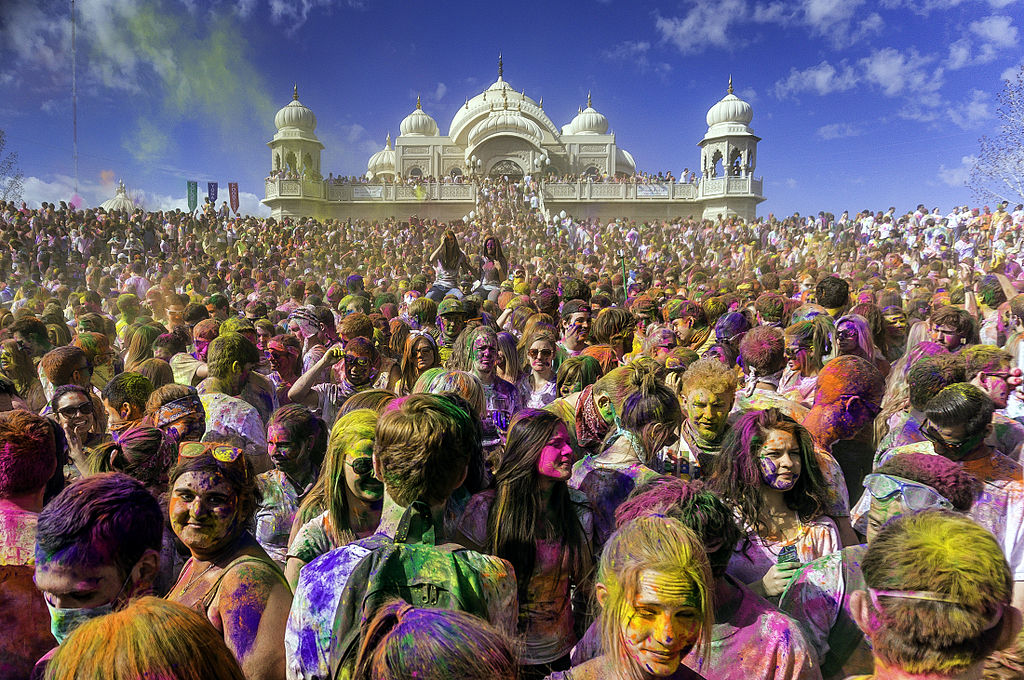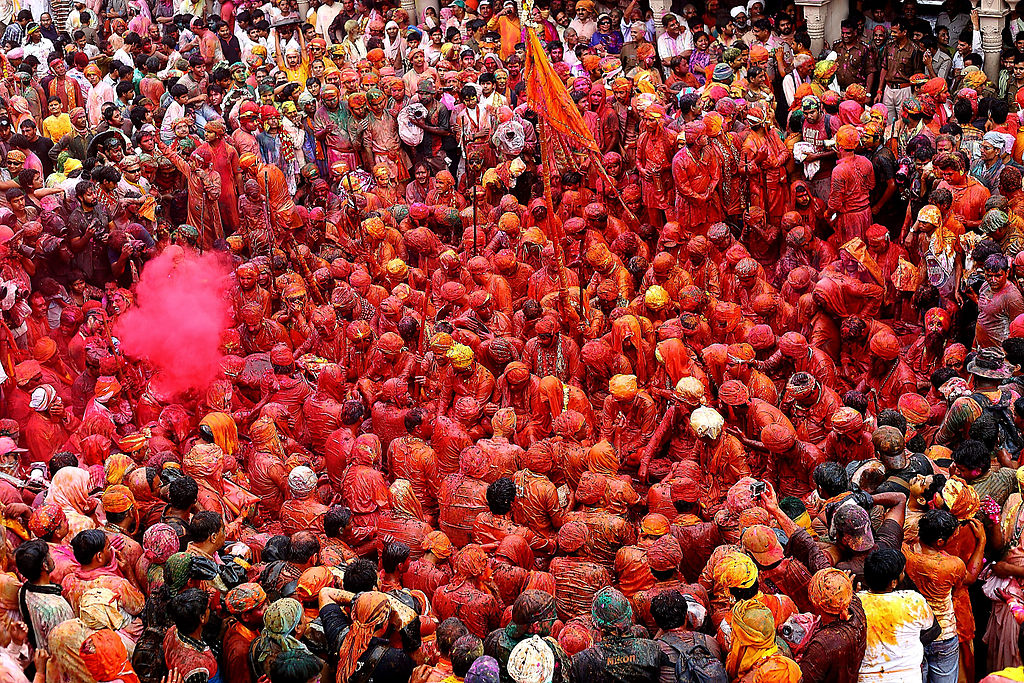
On Thursday, March 24, the streets of India will be awash with color as residents celebrate the spring festival of Holi. The annual event that is the inspiration behind the 'color runs' in the US, is observed on the last full moon day of the lunar month, Phalguna (in the Hindu calendar). However, unlike the copycat runs, festival participants do not have to compete in five or ten-kilometer races to have fun. All they have to do is take to the streets early in the morning and chant "Holi Hai" (It's Holi) while dousing strangers and friends alike, with colored powder.
The myth behind this Hindu festival varies depending on the region of India. The most popular one attributes it to Hiranyakashipu, the king of demons and his son Prahlada. According to the ancient legend, the tyrant was unhappy that Prahlada was an ardent devotee of Lord Vishnu, the protector of all humanity. When all efforts to dissuade him failed, the demon king sought help from his sister Holika, who had been born with the power to resist heat.

The demon goddess invited Prahlada to join her inside a burning fire. But thanks to divine protection from Lord Vishnu, the young boy escaped unscathed, while the 'fireproof' Holika burned to ashes. The locals marked the victory of good over evil with a celebration that was similar to the modern-day Holi, and a fun tradition was born. The night before Holi, many Hindus get together and light a giant bonfire to cleanse the air of evil spirits.
In the north Indian state of Uttar Pradesh, Holi is observed to celebrate the immortal love between the fun-loving Indian god Krishna and his beloved Radhika. Since their undying devotion to each other cannot be observed in a day, the residents of Mathura, (Krishna's birthplace) celebrate the festival for almost a month with different events on each day. The highlight of the festivities is the Lathmar (stick) Holi, which is observed several days before the 'real' Holi.

The biggest Lathmar Holi celebration takes place in the village of Barsana, the birthplace of Radhika. On this day, the village women stage a mock battle with the men from the neighboring village of Nandgaon (where Krishna resided till the age of ten) to prevent them from placing a flag atop Radhika's temple.
The women 'hit' the men with the bamboo sticks, while the men attempt to fight back with the only weapon they have — colored powder! Regardless of who wins, the following day the women of Barsana return the favor by heading to Nandgaon, this time without their sticks, to celebrate another fun 'Holi' day with the men.
Though the myth behind Holi may differ, the spirit of the spring festival is the same. It is the day (or month) when the young and old set aside all worries and enjoy the day by dousing everyone they encounter with colored powder, water balloons and perhaps even entire buckets of water!
Resources: wikipedia.org,goindia.about.com